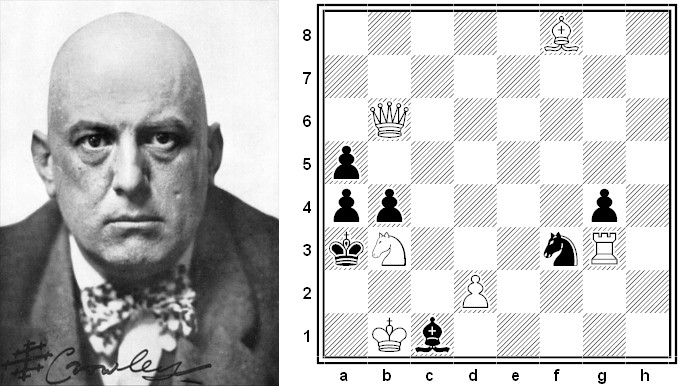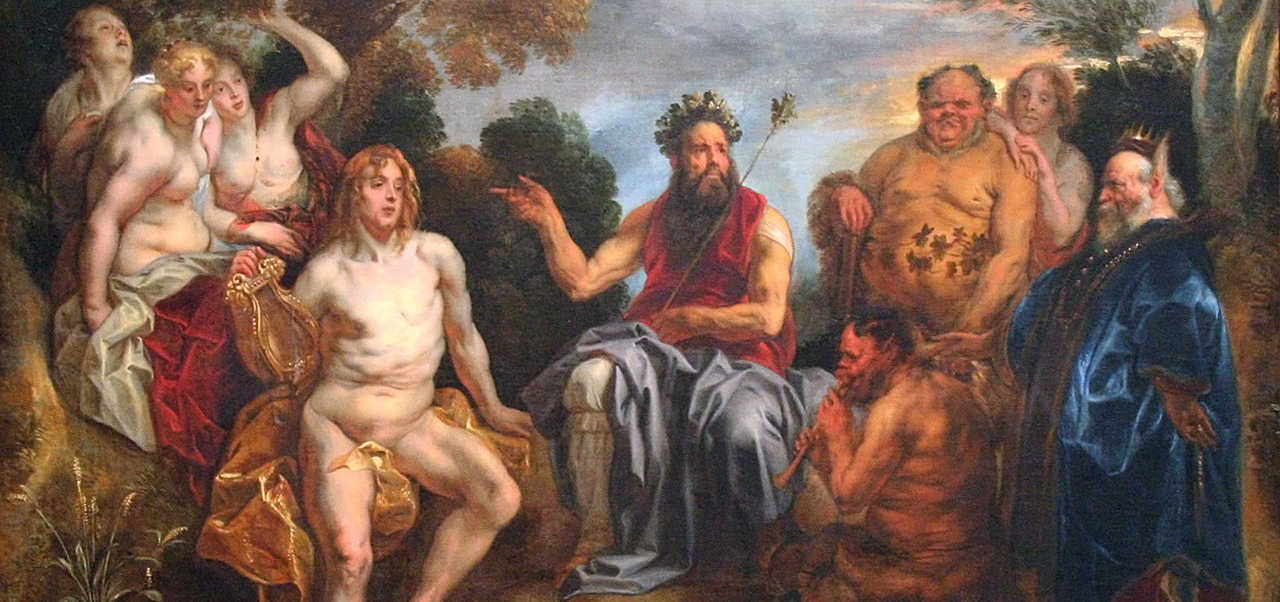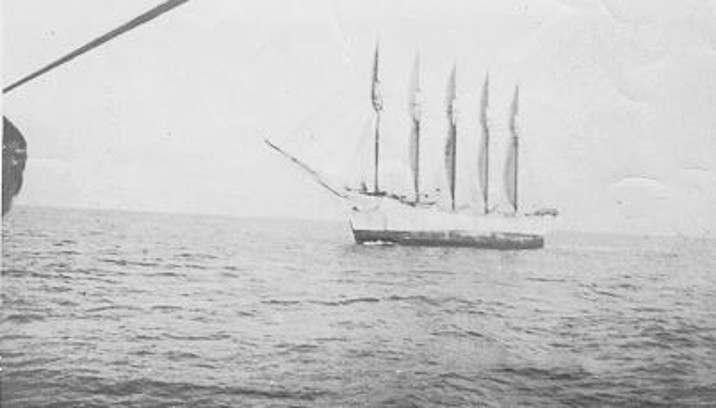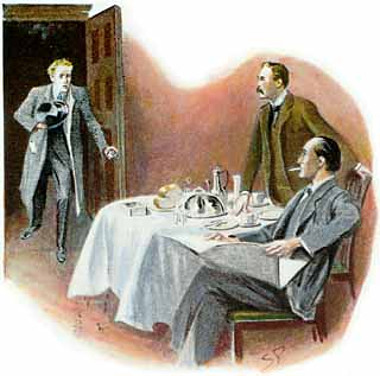
In poker, suppose you’re dealt a pair. Is the probability that your opponent also holds a pair higher, lower, or the same as it would be if you held nothing?

In poker, suppose you’re dealt a pair. Is the probability that your opponent also holds a pair higher, lower, or the same as it would be if you held nothing?
For his 2004 book Tell Me Another!, Jack Aspinwall asked members of Parliament to tell him jokes and stories. Richard Ottaway told him this:
The Duchess returned to the Manor one evening and encountered her butler in her boudoir. She looked the butler straight in the eye and said:
“James, take off my dress.” James took off her dress.
“James, take off my petticoat.” James took off her petticoat.
“James, take off my bra.” James took off her bra.
“James, take off my panties.” James took off her panties. The Duchess turned, faced her butler again and in a soft but firm voice said:
“Now then, James, never let me catch you wearing my clothes again.”

The English occultist Aleister Crowley, “the wickedest man in the world,” was a skilled chess player. In 1894 he published several problems in the Eastbourne Gazette under the pseudonym Ta Dhuibh. This one appeared on Feb. 21. How can White mate in two moves?

Catcher Harry Chiti pulled a sort of ontological sleight in 1962.
On April 25, while playing for the Cleveland Indians, he was acquired by the expansion New York Mets for a player to be named later.
Seven weeks later, on June 15, he was sent back to the Indians as the “player to be named later” — he’d been traded for himself.
Three other players have since achieved the same feat: Dickie Noles, Brad Gulden, and John McDonald.
(Thanks, Tom.)

Midas, they say, possessed the art of old
Of turning whatsoe’er he touch’d to gold;
This modern statesmen can reverse with ease —
Touch them with gold, they’ll turn to what you please.
— John Wolcot (1738-1819)

Berkeley mathematician Raphael Robinson discovered this remarkable set of aperiodic tiles in 1978. The six shapes will neatly tile a plane, as shown below, and though the pattern cannot be regular, it reliably produces a hierarchical design: Each small orange square sits at the corner of a larger orange square, which sits at the corner of a still larger one, and so on ad infinitum. This is because subgroups of tiles form “supertiles” with similar properties — see here.

(Thanks, Jacob.)

In 1921 a schooner ran aground on the treacherous shoals off Cape Hatteras, North Carolina. When rescuers climbed aboard, they found signs of a strange drama in the ship’s last moments — and no trace of the 11-man crew. In this week’s episode of the Futility Closet podcast we’ll examine the curious case of the Carroll A. Deering, which has been called “one of the enduring mysteries of maritime history.”
We’ll also experiment with yellow fever and puzzle over a disputed time of death.

Pavia once had an upside-down tower, the “Torre del Pizzo in giù.” According to legend, Andreotto del Maino, head of the del Maino family in the 15th century, was so fed up with his son Giasone’s unpromising academic career that he vowed to build an inverted tower if only he graduated. Giasone not only took his degree but became one of the most esteemed jurists of his age, so Andreotto fulfilled his promise.
The tower was demolished in the 18th century, “destroyed through stupid timidity,” writes the Irish historian Kenelm Henry Digby, “when it was too late discovered that it had been built with such skill that it might have stood for many ages.”
(Thanks, Daniele.)

When does Sherlock Holmes eat breakfast?
In Sherlock Holmes Detected, Ian McQueen writes, “There are so many contradictions about breakfast-time that one hesitates to express a certain view; save possibly one, that Watson, ready as always to submit to his very human failings, was not very good at getting up in the mornings.” He quotes Ronald Knox: “Both in A Study in Scarlet and in The Adventures, we hear that Watson breakfasted after Holmes: in The Hound we are told that Holmes breakfasted late. But then, the true inference from this is that Watson breakfasted very late indeed.”
By the time of Holmes’ retirement, McQueen notes, Watson pays Holmes no more than “an occasional week-end visit,” since the detective now takes only an “early cup of tea” and favors clifftop walks and sea-bathing before breakfast. “Watson kept out of the way!”

Hit by shrapnel on April 16, 1917, French infantryman Jean-Louis Cros managed to scribble this message before dying:
My dear wife, my dear parents and all I love, I have been wounded. I hope it will be nothing. Care well for the children, my dear Lucie; Leopold will help you if I don’t get out of this. I have a crushed thigh and am all alone in a shell hole. I hope they will soon come to fetch me. My last thought is of you.
The card was sent to his family.
In August 1918 the Rev. Arthur Boyce found this letter on the battlefield near Rheims. The writer had asked the finder to forward it to his family:
My dear wife, I am dying on the battlefield. With my last strength God bless you and the kiddies. I am glad to give my life for my country. Don’t grieve over me — be proud of this fact. Goodbye and God bless you. Fred
When the kiddies get older tell them how I died.
He had written a similar note to his mother. His identity could not be discovered.
(From Peter Hart’s The Great War, 2013, and Richard van Emden’s The Quick and the Dead, 2012.)